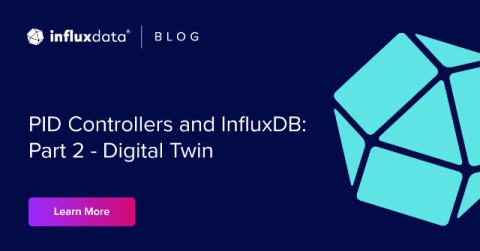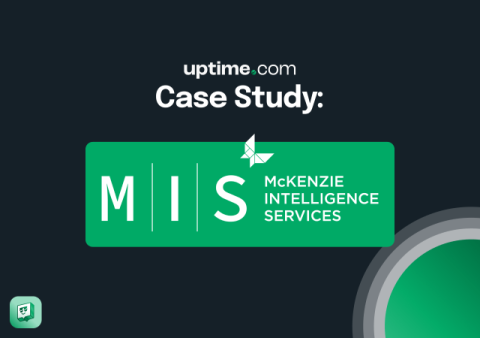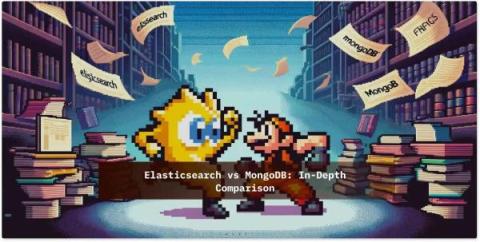PID Controllers and InfluxDB: Part 2 - Digital Twin
In a previous post, we described a CSTR and a PID controller. This post will cover the code and architecture of the digital twin from this project repo. The project leverages Kafka for data streaming, Faust for data processing, InfluxDB for storing the time series data, and Telegraf for writing data from the topic to InfluxDB. We’ll also cover the advantages and disadvantages of this stack.











